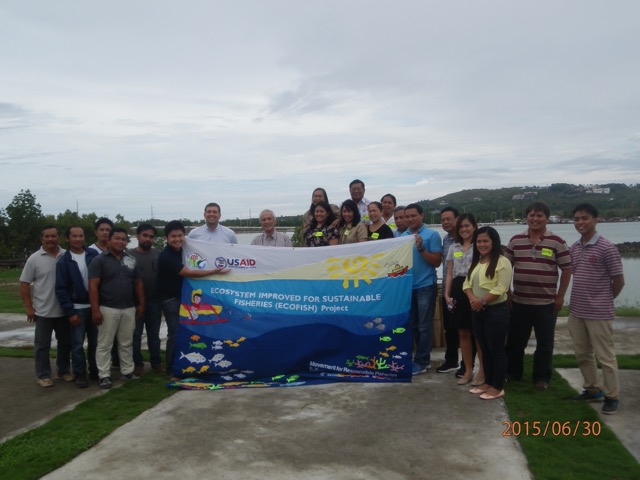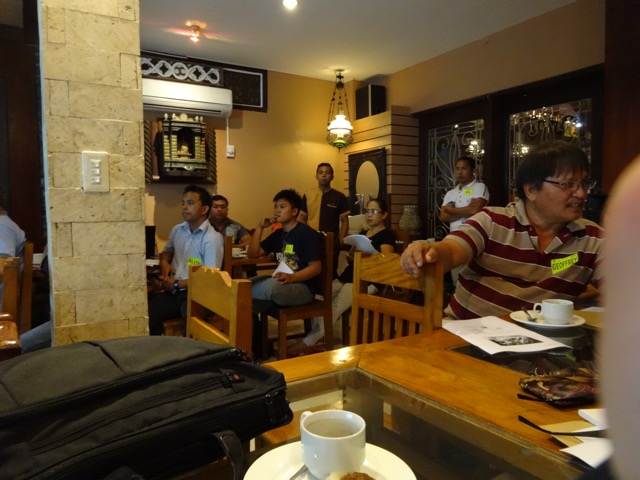At the end of June, the USAID-ECOFISH team held a stakeholder meeting to present their annual report, and findings for the LB-SPR assessment of the BSC fishery in Bohol. Project partners include PACPI, the Provincial Government of Bohol, the Provincial Bureau of Fisheries and Aquatic Resources (BFAR), and BSC fisher communities. Interim results from the assessment were encouraging with an SPR ratio of 27%, target reference points are typically at 30%. With only a 3% gap to bridge for a healthy stock, project partners are looking at the feasibility to get a Seafood Watch yellow rating, “Good Alternative”; ECOFISH technical staff and principle scientists from Monterey Bay’s Seafood Watch are now in dialogue. Seafood Watch has a lot of consumer awareness in the United States, a “Yellow Rating” would give market preference and possibly premiums to BSC products coming from Bohol. As a result, the BFAR of Bohol has pledged to phase out hazardous lift-nets that target undersized crab, in exchange for some 5,000 size-selective bamboo traps. Inventory of fishers and fishing gears have also begun in several districts of Bohol.
The ECOFISH project piloted the SPR stock assessment method, a data-deficient but pragmatic way for local stakeholders to make fishery management decisions. To date there are no BSC models for stock measurement, target/limit reference points, harvest control rules, nor adaptive management systems against fishing pressure. Without these basic elements resource depletion will continue indefinitely. Traditional stock assessment models are expensive, take a long time to conduct, and require technical expertise – all of which are not available at the local level to inform on management practices. The SPR method and the USAID-ECOFISH project with PACPI seek to address these hurdles.
- Pilot project team photo
- LGU, ECOFISH, and BFAR representatives
- Ken Choi of Philippine Union, and Josette Genio of PACPI
- PACPI Chairman, Bobby Eduardo



